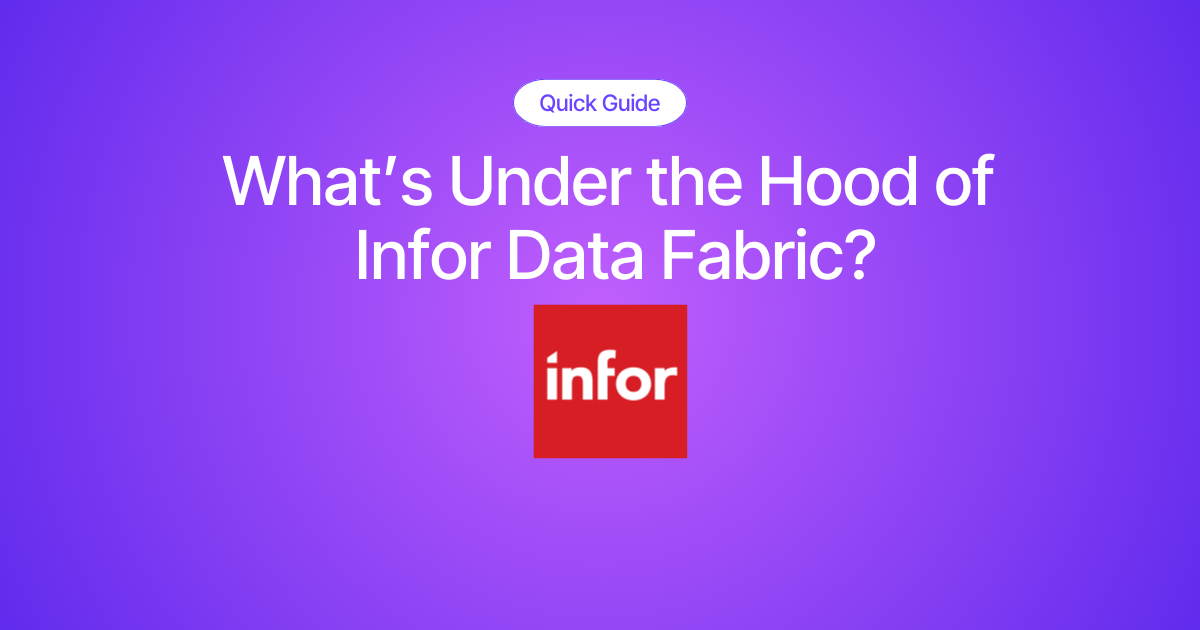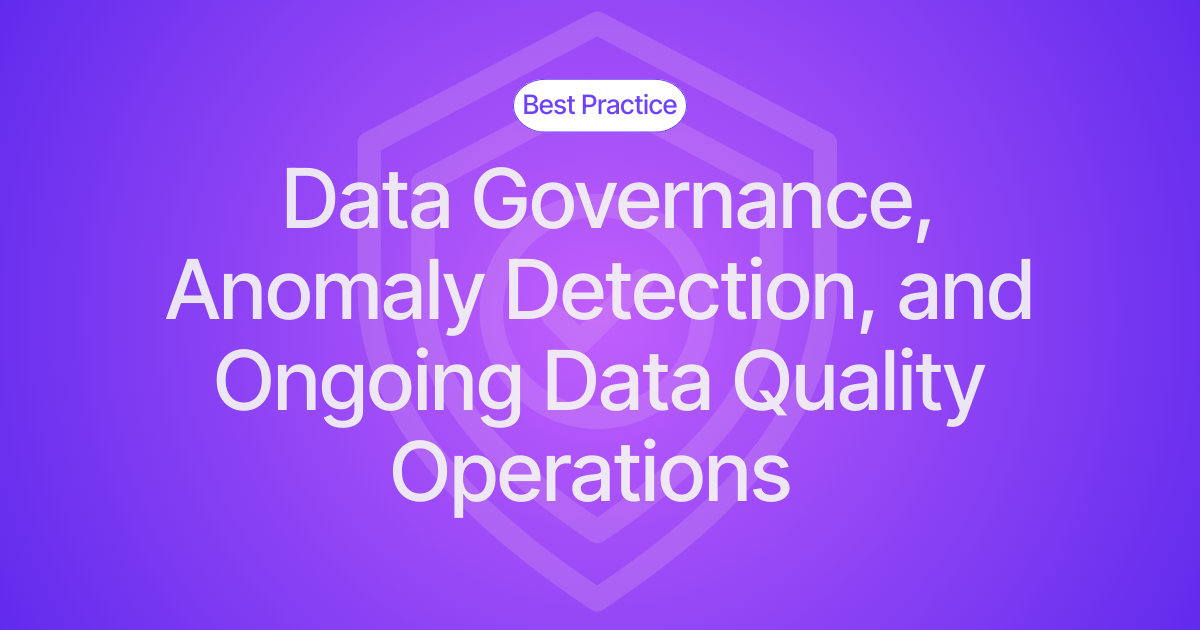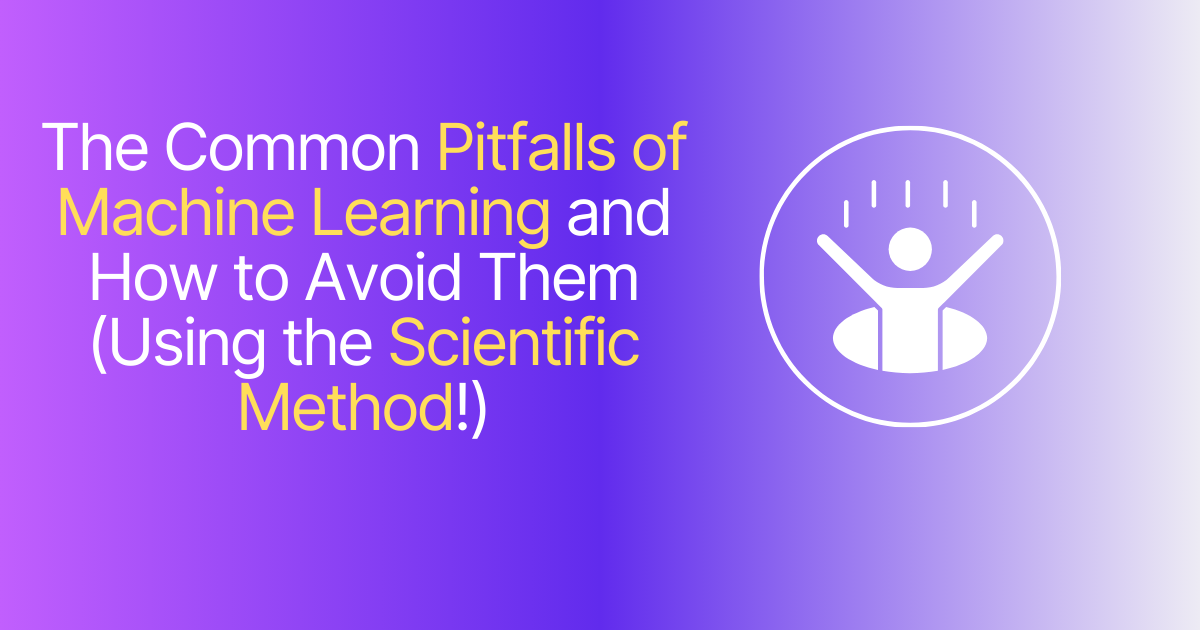Before we dive into the meat of this blog – which tools you might choose for Change Data Capture and why – let’s take a quick look at the 101. You can learn more about the best use cases for CDC (when, how, why) from our thorough guide on the subject.
What is Change Data Capture?
CDC is a data integration method that identifies and captures changes, such as inserts, updates, and deletes—in source systems and delivers these changes to downstream systems in real time or near-real time. By focusing solely on changes instead of moving entire datasets on a fixed schedule, CDC minimizes system load and ensures timely and efficient data replication. This approach is invaluable for keeping analytical systems, cloud data warehouses, and real-time applications synchronized with transactional databases without redundancy.
Unlike traditional Extract, Transform, Load (ETL) processes that move data in scheduled batches and often introduce delays, CDC captures and streams changes as they occur. For example, if a customer updates their shipping address in an e-commerce platform, CDC immediately transmits that update to relevant systems, ensuring operations and decisions rely on the most up-to-date information. CDC not only complements existing ETL workflows by adding a real-time layer but also modernizes data architectures through seamless integration with streaming platforms like Apache Kafka or AWS Kinesis.
Let’s look at some use cases.
Use Cases for Change Data Capture
Real-Time Analytics
Traditional batch processes can delay insights, which can be critical in sectors like finance, e-commerce, or logistics. Unlike this traditional approach, CDC gives real-time updates to better detect anomalies and improve response time. As an example of a proactive approach: Financial institutions can leverage CDC to feed live transaction data into fraud detection systems.
Data Warehousing and BI Tools
Data warehouses like Snowflake, BigQuery, and Redshift need timely updates for optimal performance. CDC ensures incremental updates, which, in turn, reduces resource strain and makes sure your BI tools are powered by the most current data.
Microservices and Event-Driven Systems
Modern apps depend on real-time events to stay synchronized. CDC transforms database changes into events published to platforms like Apache Kafka or AWS Kinesis. This involves consistent updates across microservices, such as instant syncing of CRM and billing systems.
Compliance and Auditability
Regulated industries require traceable change records for compliance and audits. CDC captures detailed change logs, including before-and-after snapshots, offering robust solutions for governance and regulatory requirements.
Tools for Change Data Capture
Choosing the Right CDC Tool: Considerations
Selecting the right CDC tool is a strategic decision that can significantly impact your organization’s data infrastructure, scalability, and agility. With a growing number of CDC tools on the market – ranging from open-source platforms to enterprise-grade managed services – it's essential to evaluate your specific technical requirements, operational capabilities, and long-term goals before making a choice. The best tool for one company may be overly complex or underpowered for another, so a thoughtful, criteria-driven selection process is key.
Compatibility
One of the most important factors to consider is source and target system compatibility. Not all CDC tools support the same databases, cloud platforms, or data warehouses. Before selecting a tool, verify that it can integrate with your specific database technologies (e.g., Oracle, SQL Server, PostgreSQL, MongoDB) and your target systems (e.g., Snowflake, BigQuery, Redshift, Kafka). If your environment includes a mix of on-premises and cloud systems, or involves multiple data sinks, a tool with broad and flexible connectivity will be essential.
Latency
Latency requirements should also guide your decision. If your business needs real-time analytics or immediate event processing, choose a CDC solution that supports streaming or near-instant data replication, such as log-based tools like Debezium or Qlik Replicate. If your use cases are more batch-oriented or tolerate some delay (e.g., daily reporting), a tool with periodic polling or timestamp-based CDC may be sufficient and more cost-effective.
Ease of use vs. flexibility is another critical trade-off. Open-source tools like Debezium offer fine-grained control and powerful integration options, but they often require significant setup, monitoring, and maintenance. On the other hand, managed services like Fivetran or Hevo Data abstract much of the complexity, enabling faster deployment and lower operational overhead—at the cost of less customization. Teams with limited engineering resources may benefit more from managed CDC tools, while organizations with in-house data engineering expertise might prefer more control and extensibility.
Scalability and performance
Scalability and performance are essential for organizations with high transaction volumes or ambitious data growth forecasts. Evaluate how well each CDC tool handles large datasets, schema changes, and system loads. Tools that support distributed architectures and parallel processing—especially in cloud-native environments—are better suited for enterprise-scale operations.
Total cost of ownership
Finally, don’t overlook cost and licensing models. Open-source tools come with no direct licensing fees but may require substantial internal investment in time and expertise. Commercial tools often come with subscription fees or usage-based pricing, but include enterprise support, monitoring, and faster troubleshooting. Factor in the total cost of ownership, including infrastructure, support, and staffing.
CDC Tools: Review and Breakdown
Now that we’ve taken a broad view, let’s take a closer look at some of the best tools out there for CDC.
The market for CDC tools has boomed with several mature, widely adopted solutions now available, each designed to meet different performance needs, technical environments, and budget considerations. These tools vary in complexity, feature sets, and ease of use, so choosing the right one depends on your organization’s specific data landscape and operational goals. Below are some of the most popular CDC tools in use today, along with an overview of their strengths, weaknesses, and ideal use cases.
1. Debezium
Debezium is an open-source, log-based CDC tool built on Apache Kafka and Kafka Connect. It supports a range of popular databases such as MySQL, PostgreSQL, MongoDB, SQL Server, and Oracle (in preview). Its primary advantage is its real-time, fault-tolerant data streaming capabilities with minimal performance impact on source systems. Debezium integrates well with event-driven architectures and is ideal for teams that already using Kafka.
Pros: Open-source (no licensing costs), high performance, strong Kafka ecosystem support, growing community.
Cons: Requires significant engineering expertise, especially around Kafka and distributed systems.
Best for: Engineering teams looking for scalable, real-time pipelines in modern, cloud-native environments.
2. Qlik Replicate (formerly Attunity)
Qlik Replicate is a commercial CDC tool known for its ease of use, broad source and target compatibility, and robust enterprise support. It supports a wide variety of databases, data warehouses, and cloud platforms out of the box, and includes features like automated schema conversion and built-in monitoring. It’s particularly well-suited for enterprises undergoing cloud migrations or managing large-scale, multi-platform data replication.
Pros: Enterprise-grade support, intuitive UI, wide platform compatibility, minimal setup effort.
Cons: Licensing costs can be significant; not open source; limited flexibility for highly custom use cases.
Best for: Enterprises needing a robust, low-maintenance CDC solution with comprehensive platform support.
3. Fivetran
Fivetran offers fully managed connectors that include CDC as part of its data integration service. It’s designed to require minimal configuration and maintenance, handling schema changes automatically and supporting various databases such as PostgreSQL, SQL Server, Oracle, and MySQL. It excels in quickly getting data from source systems to cloud data warehouses like Snowflake, BigQuery, or Redshift.
Pros: Low operational overhead, fast deployment, automatic schema evolution.
Cons: Cost scales with volume; less control over pipeline internals; fewer customization options.
Best for: Small to mid-sized teams prioritizing simplicity and speed over technical flexibility.
4. Oracle GoldenGate
GoldenGate is Oracle’s premium CDC solution, purpose-built for Oracle databases but also compatible with others like SQL Server, DB2, and PostgreSQL. It’s designed for mission-critical, high-availability environments and is widely used for real-time data replication, high-speed migrations, and disaster recovery.
Pros: Highly reliable, supports complex topologies, enterprise-proven.
Cons: High cost, steep learning curve, best performance in Oracle environments.
Best for: Large enterprises heavily invested in Oracle needing real-time, high-availability replication.
5. StreamSets and Hevo Data
StreamSets and Hevo Data are newer platforms offering CDC within broader data integration ecosystems. They support both batch and streaming pipelines and offer user-friendly visual interfaces, along with built-in monitoring and data quality features.
Pros: Intuitive UIs, hybrid batch and streaming support, flexible deployment options.
Cons: Less mature in CDC features compared to dedicated tools; may require licensing costs.
Best for: Organizations looking for an all-in-one platform to handle diverse data integration needs, including CDC.
Best Practices for Implementing Change Data Capture
Implementing CDC effectively demands thoughtful planning, consistent governance, and robust operational practices. As organizations increasingly depend on real-time data pipelines to power analytics, applications, and decision-making, following best practices is essential to ensure CDC is reliable, scalable, and aligned with business goals.
One of the foundational best practices is maintaining consistent data modeling between source and target systems. CDC pipelines are highly sensitive to schema changes, such as added columns, altered data types, or renamed fields, so it's crucial to establish a change management process that tracks and aligns schema evolution across all environments. Using schema registries, automated mapping tools, or CDC platforms that support schema propagation can help that ensure changes in source systems don’t cause downstream failures or data quality issues.
Scalability should also be baked into your CDC architecture from the start. As data volumes grow, pipelines must be capable of handling increasing change rates without latency spikes or system slowdowns. Leveraging cloud-native CDC tools with auto-scaling, distributed processing, and built-in fault tolerance can future-proof your infrastructure. Choosing a CDC method—such as log-based capture—that minimizes performance impact on production systems is also vital for sustaining throughput and system stability at scale.
To minimize disruptions and maintain high availability, it’s recommended that you use agentless CDC architectures when possible. These solutions—typically based on reading transaction logs—allow data to be replicated without installing software on the database host, reducing the operational footprint and risk of interfering with database performance. This is especially important for organizations operating mission-critical systems where uptime and performance are non-negotiable.
Regular audits and validations are another key practice. Even with robust CDC pipelines, silent failures can occur due to permission changes, network disruptions, or schema mismatches. To safeguard data integrity, implement monitoring that tracks data freshness, row-level consistency, and replication lag. Automated validation checks, such as row counts or checksums between source and target, help ensure that data is not just flowing, but rather flowing accurately.
Finally, observability and documentation should not be an afterthought. A successful CDC implementation includes logging, metrics, and alerting to track pipeline health and performance. Teams should document which tables are being replicated, how schema changes are handled, and what recovery procedures are in place. This not only streamlines troubleshooting but also supports compliance, onboarding, and cross-team collaboration.
By following these best practices—focusing on consistency, scalability, low impact, validation, and transparency—organizations can deploy CDC as a reliable foundation for real-time data integration. This ensures that downstream systems, from analytics platforms to operational dashboards, always reflect the most accurate and current information available.
How DI Squared Helps with CDC
In summary, selecting the right CDC tool involves balancing your technical environment, latency and scalability needs, team capabilities, and budget. It’s often wise to shortlist a few tools, conduct a pilot implementation, and evaluate performance and usability in the context of your actual data workflows. The right choice can significantly accelerate your data strategy, reduce operational friction, and provide the real-time insights your organization needs to stay competitive.
We can help you to figure this out. The right choice can significantly accelerate your data strategy and save on costs in both the short and the long run.
Get in touch with us today to learn how DI Squared helps organizations transitioning or honing their data strategy and architecture.





